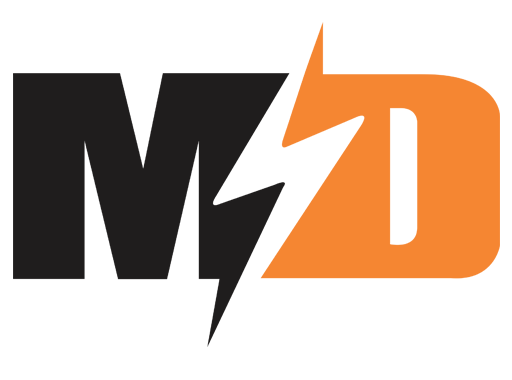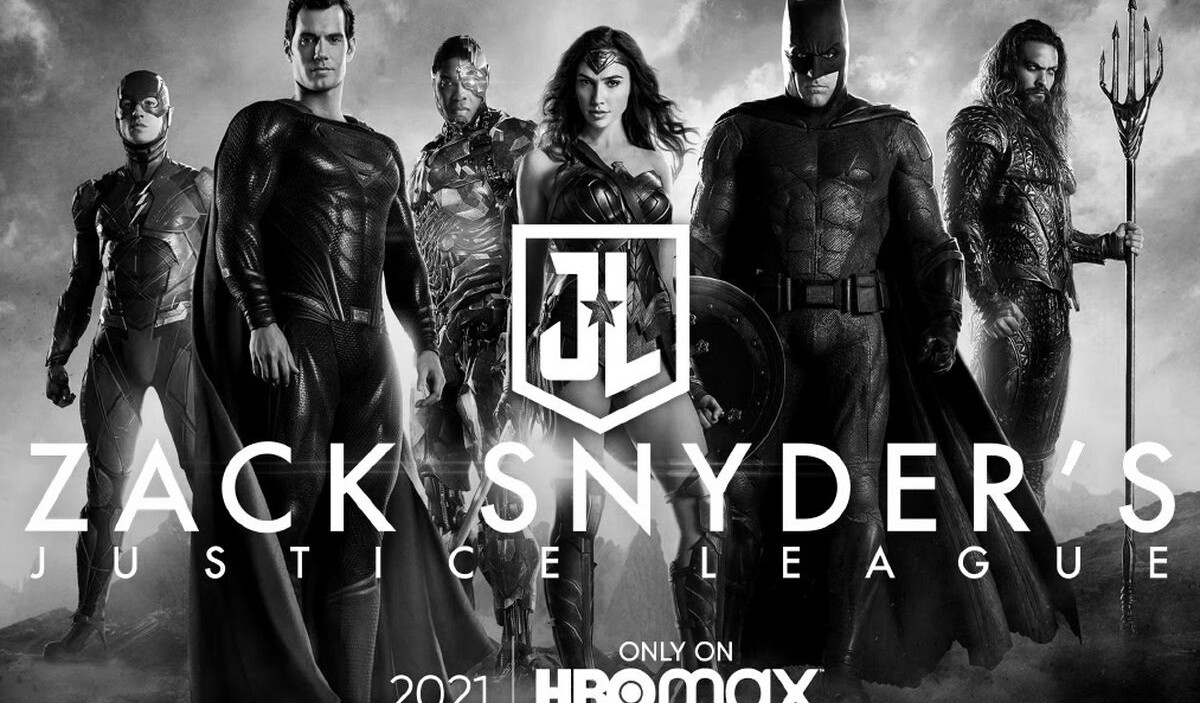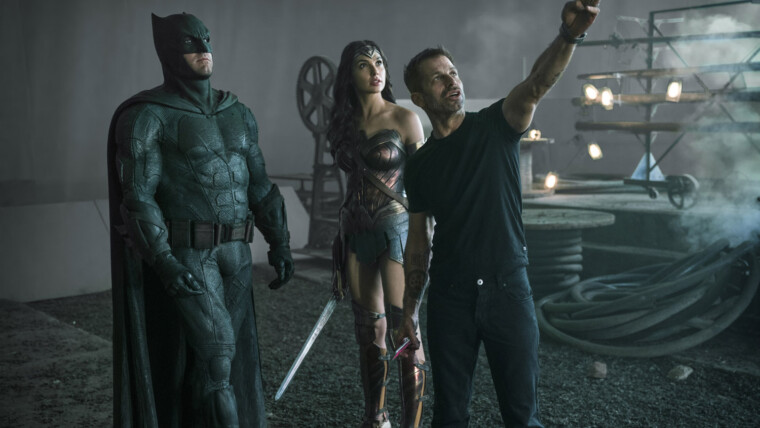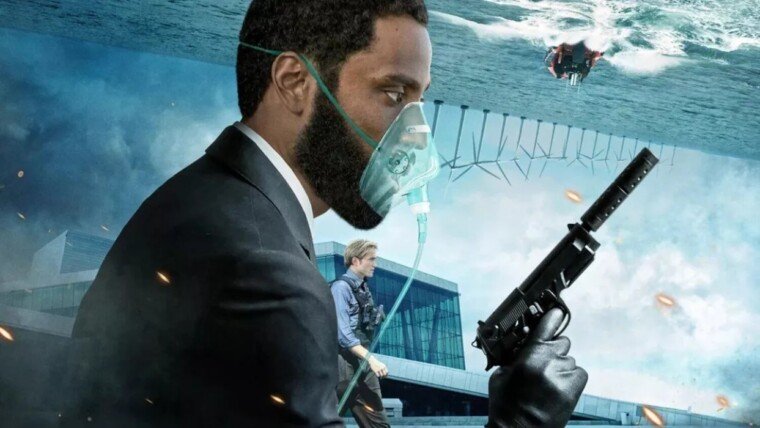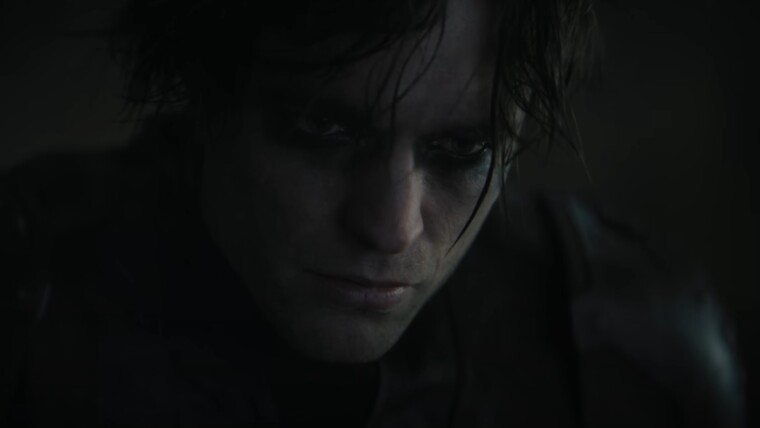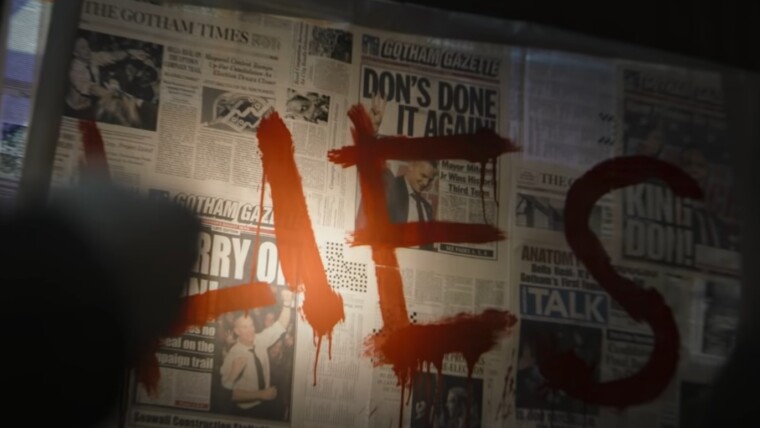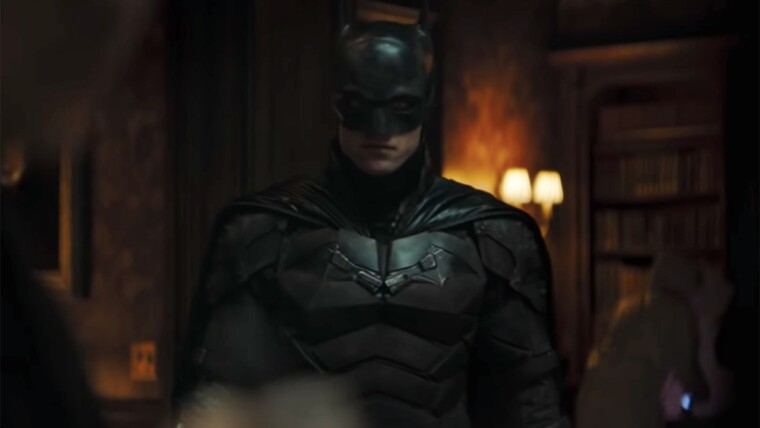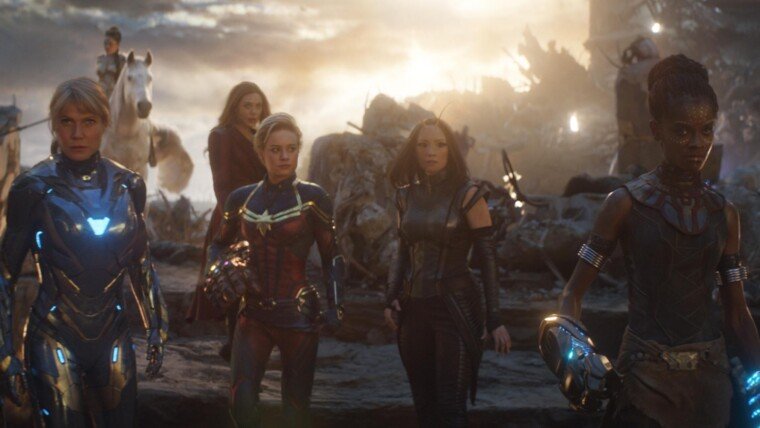It’s safe to say that most people did not take to Warner Bros’ Justice League. The film’s production was plagued with internal drama and personal loss resulting in a severe shift in its original tone and vision. There were multiple reshoots, script changes and it was supposedly micromanaged down to the last scene with the studio breathing down Joss Whedon’s neck. Against all odds, Justice League finally made its way into cinemas in 2017. Only to be met with mixed to negative reviews by critics before underperforming way below its projected box office sales. This was supposed to be the DC Extended Universe’s (DCEU) crown jewel. The film to rival Disney’s The Avengers, they even the got same freaking director on board! A lot of us thought the film’s critical and commercial failures had spelt the end for the DCEU, but we were wrong.
Out of the ashes of Justice League came a new exciting age for the DCEU with the franchise taking a bolder and more experimental approach to films. 2018’s Aquaman was a wild, epic underwater fantasia that proved that the DCEU could be fun. Then 2019 came along and blew our collective minds with SHAZAM! and Todd Phillip’s breathtaking original reinvention of the Joker under the DC Black label. Birds of Prey somewhat redeemed the mess that was David Ayer’s Suicide Squad. Things were on the up and up. Then I hear that Zack Snyder, in collaboration with HBO Max, will be releasing another version of Justice League with all of his original plans brought to life. The Snyder Cut is real and its effects could be devastating for the future of the DCEU.
The Story of the Snyder Cut
Before we get into the potential ramifications of the Snyder Cut, I think it’s important to lay down some context first. It’s also worth noting that Justice League‘s failure cannot be solely placed at the feet of any one person. It’s tempting to say that Whedon’s reshoots were the main reason behind the film’s “Frankenstein” tone. It’s also equally enticing to merely state this was all Snyder’s fault for creating a flawed premise in the first place. What no one seems to be acknowledging is Warner Bros’ incessant tampering with either director’s vision of the film. Now, I’m not saying that if Warners had left Snyder to his grand auteur vision, then everything would be fine. Films like Man of Steel and 300 has proven that Snyder is a more visual focused director than a storyteller.
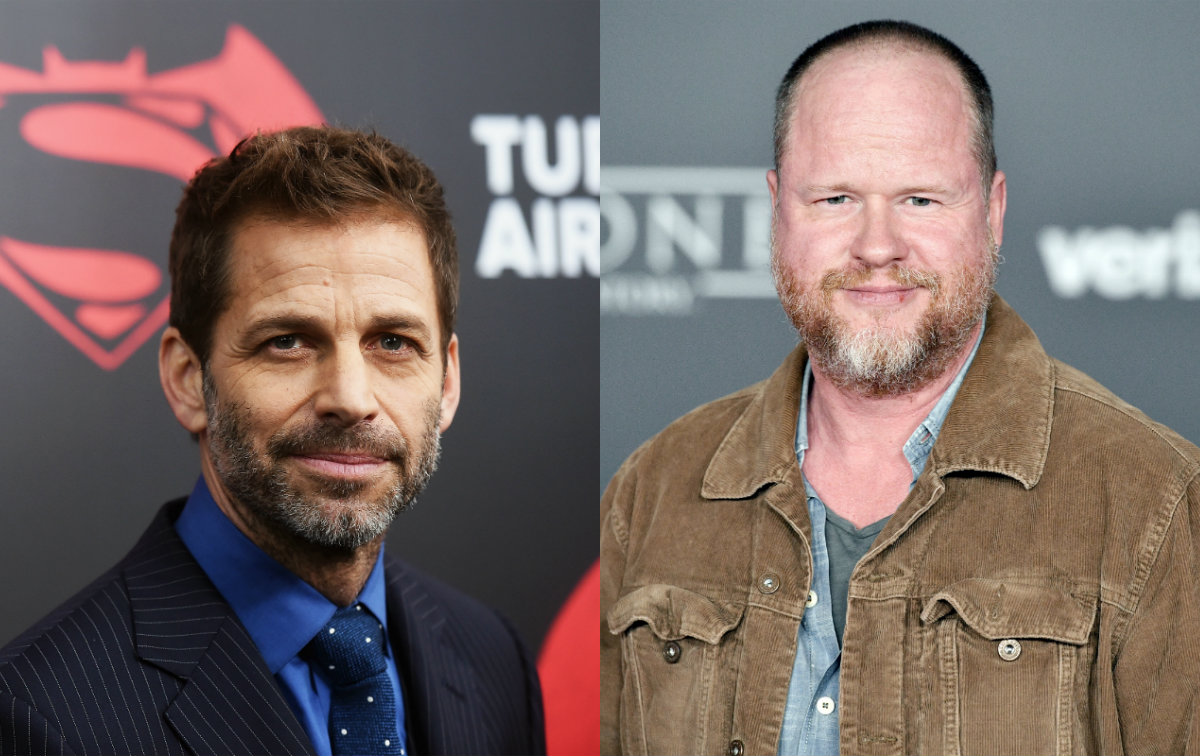 Right, so after the film’s lukewarm reception by the public, angry fans immediately took to the net to blame Whedon for creating an inferior film. The fact that Snyder had to deal with the loss of his daughter by suicide and the way Warners had cynically replaced him with Whedon further stoked their rage and endeared Snyder to DCEU fans. The narrative of a tortured auteur who was wronged by a studio and the director of the film’s greatest rival is a compelling, if not reductive, one. Not long after its release, over 100,000 fans formed the #ReleaseTheSnyderCut movement, with the belief that Warner Bros was hiding Snyder’s true version of the film from the public.
Right, so after the film’s lukewarm reception by the public, angry fans immediately took to the net to blame Whedon for creating an inferior film. The fact that Snyder had to deal with the loss of his daughter by suicide and the way Warners had cynically replaced him with Whedon further stoked their rage and endeared Snyder to DCEU fans. The narrative of a tortured auteur who was wronged by a studio and the director of the film’s greatest rival is a compelling, if not reductive, one. Not long after its release, over 100,000 fans formed the #ReleaseTheSnyderCut movement, with the belief that Warner Bros was hiding Snyder’s true version of the film from the public.
Eventually, even the cast members of Justice League began egging the Snyder Cut movement on! Aquaman‘s Jason Mamoa, the actor who played Steppenwolf, Ciaran Hinds, and Cyborg actor Ray Fisher all confirmed and supported the Snyder Cut. These big-name actors lent their legitimacy over to the movement which in turn emboldened Snyder himself to tease out concept art and storyboard on his own personal Vero account. Then finally, after nearly 4 long years of campaigning and lobbying, it was finally announced.
#ReleaseTheSnyderCut. Only on HBO Max 2021. @ZackSnyder https://t.co/cfXCK1B6pA pic.twitter.com/hqeA9i7tTL
— Max (@StreamOnMax) May 20, 2020
During an online Man of Steel watch-party with fans, Snyder announces that not only is there a Snyder Cut to the Justice League but it will also be released to the public via HBO Max streaming services. Shortly after, HBO Max’s official Twitter page too made the Snyder Cut known. I won’t lie, a part of me is happy that the Snyder Cut fans got what they wanted. It’s even a little sweet how all these fans banded together to show so much love and support for the director. That being said, I’m afraid that this new demand for Zack Snyder’s Justice League may create a disastrous trend for future DCEU films and the quality of comic-book films in general.
One Step Forward, Two Steps Back
The issue with Zack Snyder’s Justice League has less to do with DCEU canon than it does with the artistic direction of the franchise. Recently, I’ve had the chance to watch Snyder’s extended cut of Batman v. Superman: Dawn of Justice. While the plot was noticeably more coherent and characterization slightly more developed, the film was still a clunky, problematic mess. The issue isn’t that all of our characters’ motivations and backstories needed more time in a single film to be fleshed out. No, it shouldn’t even be in a single film! It’s just not practical. Furthermore, extended cuts and longer screentime also fail to address the tonal monotony of Snyder’s films. They are far too bleak and are incompatible with DC’s characters.
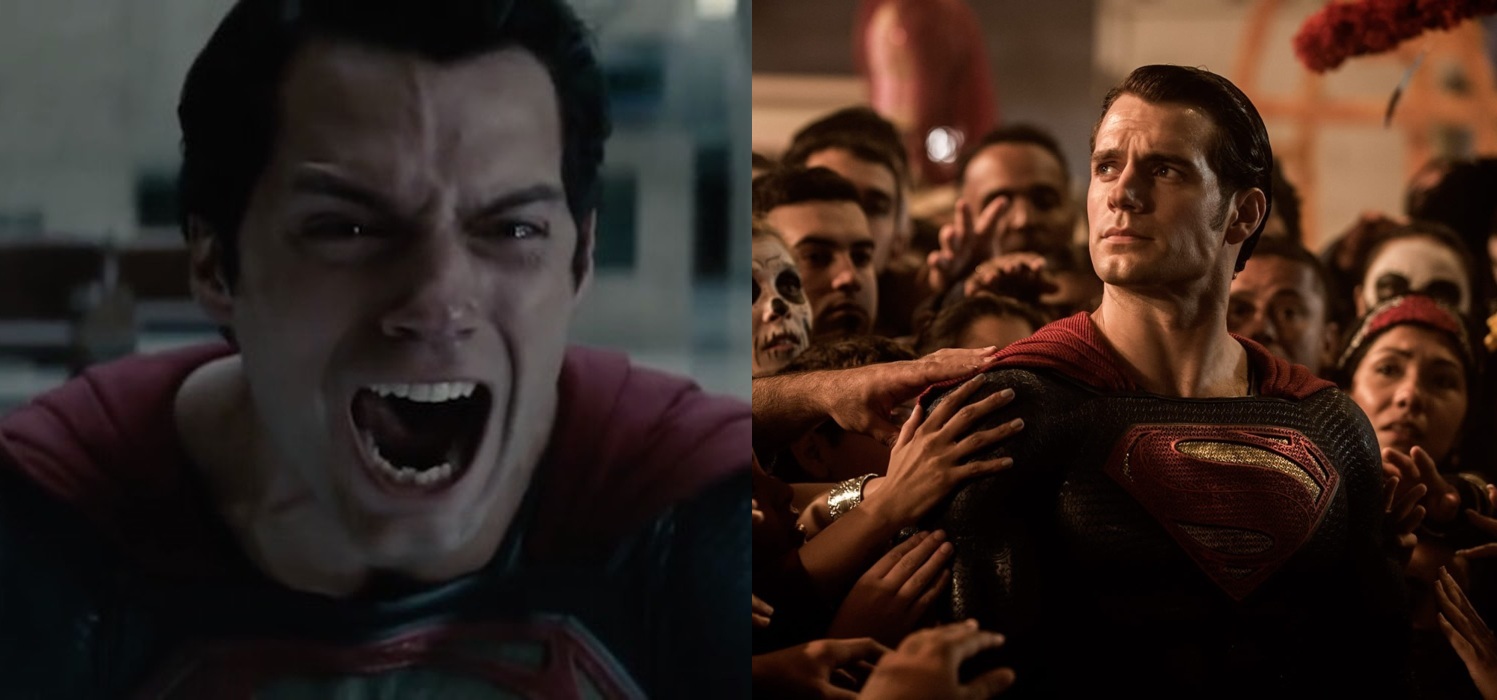 Cynical and dark heroes aren’t inherently problematic in and of themselves but when the film’s attempts to be “dark” clashes with their supposed idealistic motivations, then it does. Not once in Man of Steel or Batman v. Superman did Superman ever seem like he wanted to be a symbol of hope and justice. He seems to be doing it begrudgingly. At some point in Batman v. Superman, even his mother tells him that he shouldn’t have to do it if he doesn’t want to. Then, there are these strange attempts at humour with Jesse Eisenberg’s Lex Luthor giving a jar of piss to a judge. The same Lex Luthor who later on in the film waxes poetic about the philosophical Problem of Evil to Superman. All this nonsense is still present in his extended cut. Looks like there were tonal issues long before Whedon ever got on board.
Cynical and dark heroes aren’t inherently problematic in and of themselves but when the film’s attempts to be “dark” clashes with their supposed idealistic motivations, then it does. Not once in Man of Steel or Batman v. Superman did Superman ever seem like he wanted to be a symbol of hope and justice. He seems to be doing it begrudgingly. At some point in Batman v. Superman, even his mother tells him that he shouldn’t have to do it if he doesn’t want to. Then, there are these strange attempts at humour with Jesse Eisenberg’s Lex Luthor giving a jar of piss to a judge. The same Lex Luthor who later on in the film waxes poetic about the philosophical Problem of Evil to Superman. All this nonsense is still present in his extended cut. Looks like there were tonal issues long before Whedon ever got on board.
If one good thing came out of 2017’s Justice League is that it was a wake-up call for Warner Bros. They realized that they couldn’t coast by simply being Marvel’s edgier, if not slower, cousin. This failure allowed them to take greater chances with James Wan’s Aquaman having a brighter and more sanguine tone. This venture paid off with Aquaman, a film centred around a B-grade comic book hero, raking in over a billion dollars in the global box office. The very next year, DC released a coming-of-age family comedy superhero film with SHAZAM! A critical darling that won over both critics and casuals alike. Near the end of 2019, Warner Bros pulled out the big guns and released Todd Phillip’s Joker under the alternate DC Black Label, a film that went on to win the highly prestigious Golden Lion award at the Venice International Film Festival, something unprecedented for comic book movies.
 The point is Justice League‘s failure spurred Warner Bros to take greater creative risks and opportunities. The release of Zack Snyder’s Justice League, however, reaffirms all the dull and poor choices Warners supported in the past. We know that Snyder’s original take on the film was a “darker take” on the project with all the idiosyncrasies we’ve come know from the man. I fear that if Zack Snyder’s Justice League gains popularity through HBO Max that Warners may reconsider tailoring their films to fit Snyder’s motif and vision.
The point is Justice League‘s failure spurred Warner Bros to take greater creative risks and opportunities. The release of Zack Snyder’s Justice League, however, reaffirms all the dull and poor choices Warners supported in the past. We know that Snyder’s original take on the film was a “darker take” on the project with all the idiosyncrasies we’ve come know from the man. I fear that if Zack Snyder’s Justice League gains popularity through HBO Max that Warners may reconsider tailoring their films to fit Snyder’s motif and vision.
It also sends a very poor message out into the creative world. That provocative themes and serious, grim stories are what give comic book films depth and texture. While these factors do play a part, clever writing and performances are essential to the process and it requires a certain amount of freedom for interpretation. This flawed reasoning could even lead to Warner Bros returning to their micromanaging ways once more. Again, I have nothing against Zack Snyder or his work for that matter. My fears and concerns are squarely planted on Warner’s possible reaction to the Snyder Cut’s success. Beyond the DCEU, though, the Snyder Cut could also create an unhelpful trend within the comic book film industry in general.
Media Intertextuality Over Artistic Creativity
Believe it or not, there were actually more characters to be introduced in Snyder’s original Justice League film. The film’s original script saw teasers and backstories for Ray Choi’s The Atom, Darkseid, Martian Manhunter and the Flash’s love interest Iris West. Fans are definitely excited to see Zack Snyder’s Justice League in all its glory, filled to the brim with easter eggs and hidden character reveals missing from the theatrical release. I find it fascinating how they see the absence of certain characters and lore details to be a diminishment to the film’s quality. Respectfully, the film was bloated enough as it was. It didn’t need any more cameos and name drops.
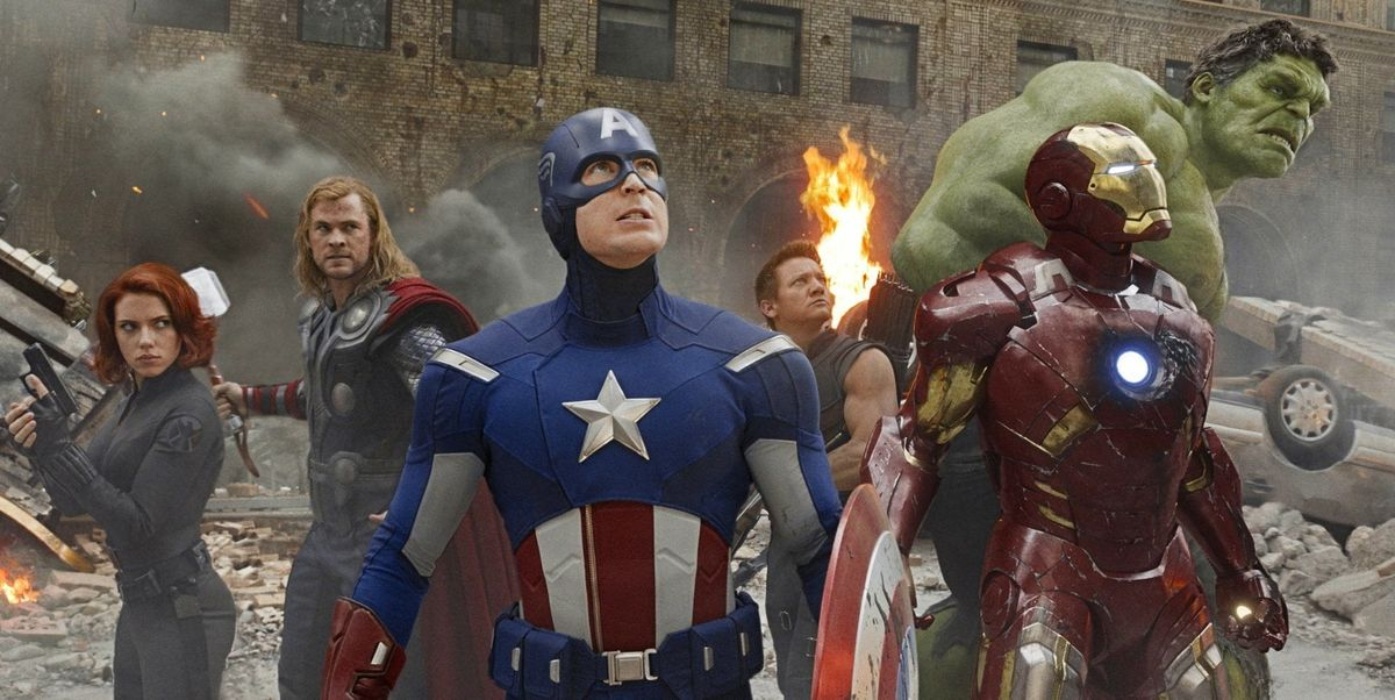 Part of the reason I deduce that fans are excited to see these additional comic-book characters on screen is because of the value of their intertextuality. This isn’t the first time I’ve touched on the concept of intertextuality but in a nutshell, intertextuality is essentially the value of a relationship between one text to another. For example, The Avengers is of significant cultural because it is the culmination of 4 years worth of interconnected relationships established through multiple films. The more textual connections formed around a particular piece of media, the greater its cultural value. This is why Arnold Schwarzenegger is in every Terminator film. This is why Star Wars: The Force Awakens included nearly every single member of the original trilogy’s main cast.
Part of the reason I deduce that fans are excited to see these additional comic-book characters on screen is because of the value of their intertextuality. This isn’t the first time I’ve touched on the concept of intertextuality but in a nutshell, intertextuality is essentially the value of a relationship between one text to another. For example, The Avengers is of significant cultural because it is the culmination of 4 years worth of interconnected relationships established through multiple films. The more textual connections formed around a particular piece of media, the greater its cultural value. This is why Arnold Schwarzenegger is in every Terminator film. This is why Star Wars: The Force Awakens included nearly every single member of the original trilogy’s main cast.
Over the years, studios have been pumping out uninspired films that bank on their properties’ intertextual value. Hoping that if they load their films with enough nostalgic elements, symbols of pop-culture and classic characters, that it will be enough to see a film through. Regardless of its actual quality. So when I hear Snyder Cut advocates complaining about how 2017’s Justice League would have been better if they kept so and so in the film, I can’t help but think that they value the intertextual worth of Zack Snyder’s Justice League over the film’s actual creative execution. Which feeds back into that cynical, corporate mindset that creativity and originality should take a backseat to intertextuality.
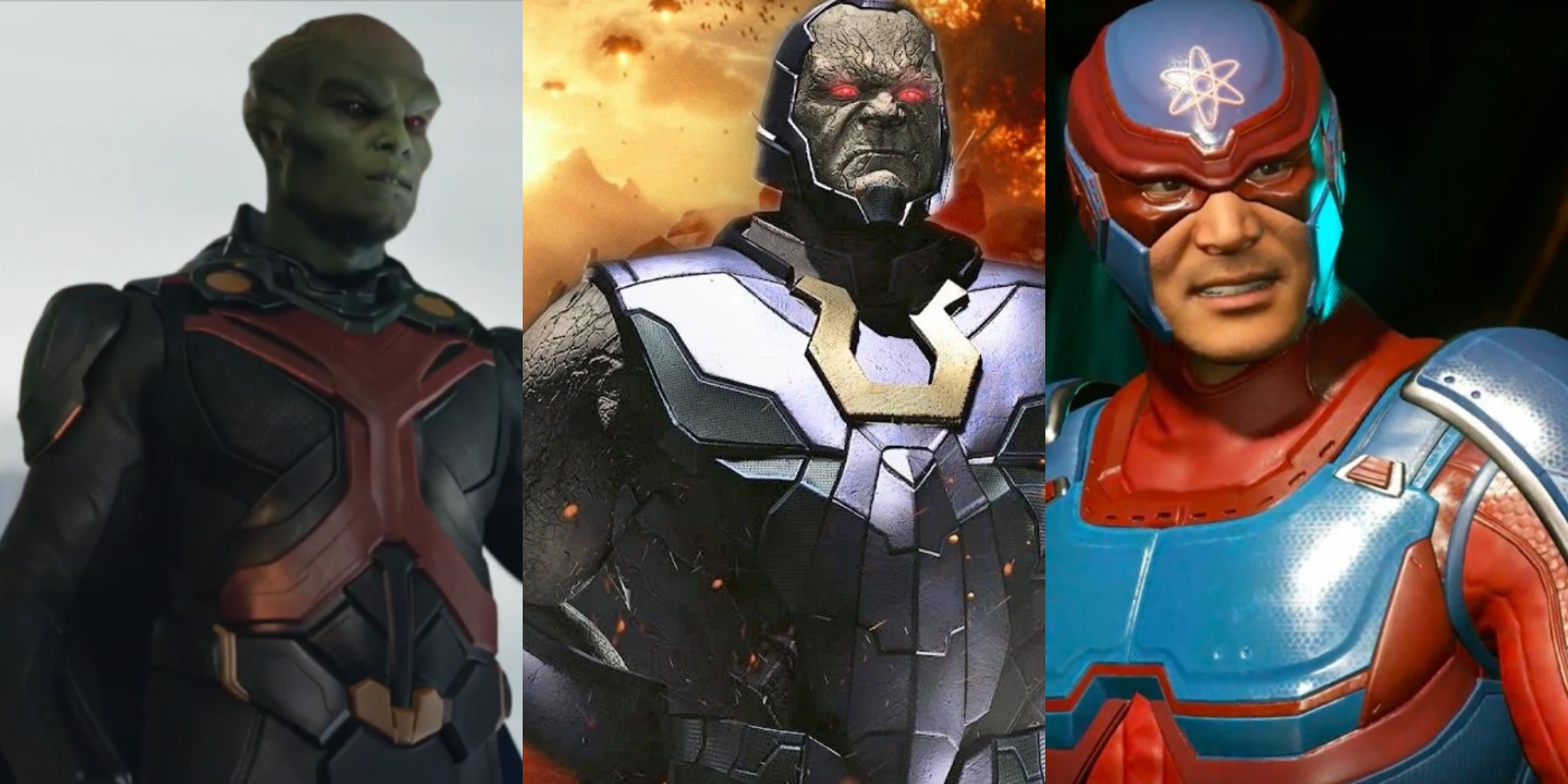 DCEU fans don’t have any prior connection to characters like Martian Manhunter or Darkseid via the DCEU. They aren’t excited to see these characters because they have gripping character arcs or are powered by captivating performances. They’re excited to see them because of their major cultural connections to the members of the Justice League in the comics. The actual assembling of the Justice League itself already felt rushed and unearned with Warne Bros hoping that the team’s brand recognition would make up the ensemble’s lack of development. What makes you think, throwing more clowns into the mix is going to make the film any better?
DCEU fans don’t have any prior connection to characters like Martian Manhunter or Darkseid via the DCEU. They aren’t excited to see these characters because they have gripping character arcs or are powered by captivating performances. They’re excited to see them because of their major cultural connections to the members of the Justice League in the comics. The actual assembling of the Justice League itself already felt rushed and unearned with Warne Bros hoping that the team’s brand recognition would make up the ensemble’s lack of development. What makes you think, throwing more clowns into the mix is going to make the film any better?
At best, it adds novelty to the experience. At worst, it perpetuates the notion that the reason why 2017’s Justice League failed wasn’t because of poor directorial vision, corny performances or a paper-thin plot. It was simply because they didn’t load it with enough comic book characters and easter eggs to generate enough intertextual value. A good film shouldn’t have to rely on the popularity of its source material to be successful. It should be able to stand on its own merit. I sincerely hope Zack Snyder’s Justice League proves to be more than an exercise in intertextual excess. So far the signs seem to be pointing otherwise.
Most of the time, I’m a big believer in auteur integrity and I can understand why some people would be excited for Zack Snyder’s Justice League. With that in mind, I can’t quite ignore the far-reaching consequences it could have on the DCEU on the future comic-book film industry. Perhaps, I’m simply being a cinematic alarmist and the film will be a longwinded masterpiece like Martin Scorsese’s The Irishman. Or it could be an even bigger, convoluted mess than the 2017 theatrical version. I guess we’ll find out, come 2021.
